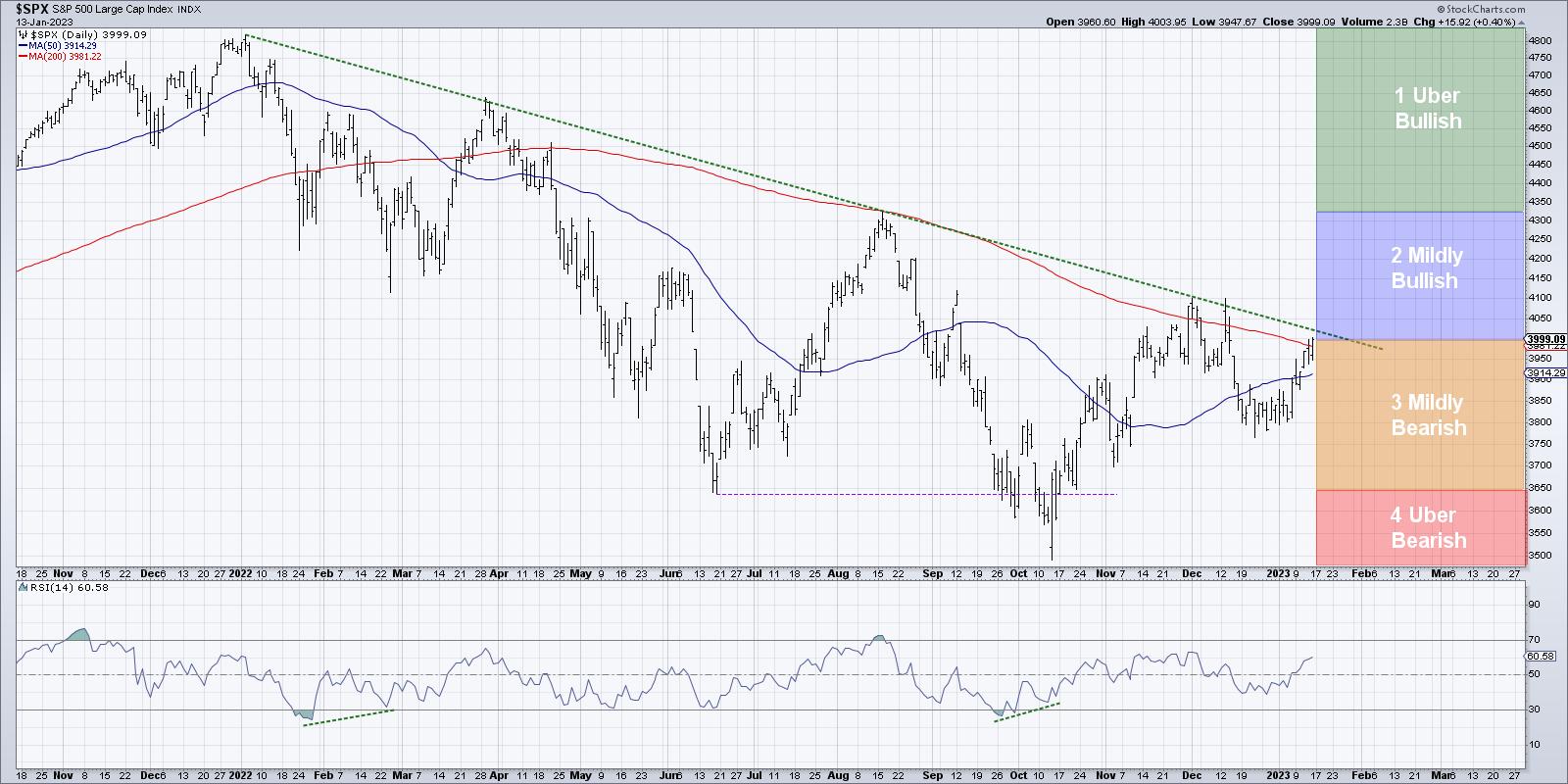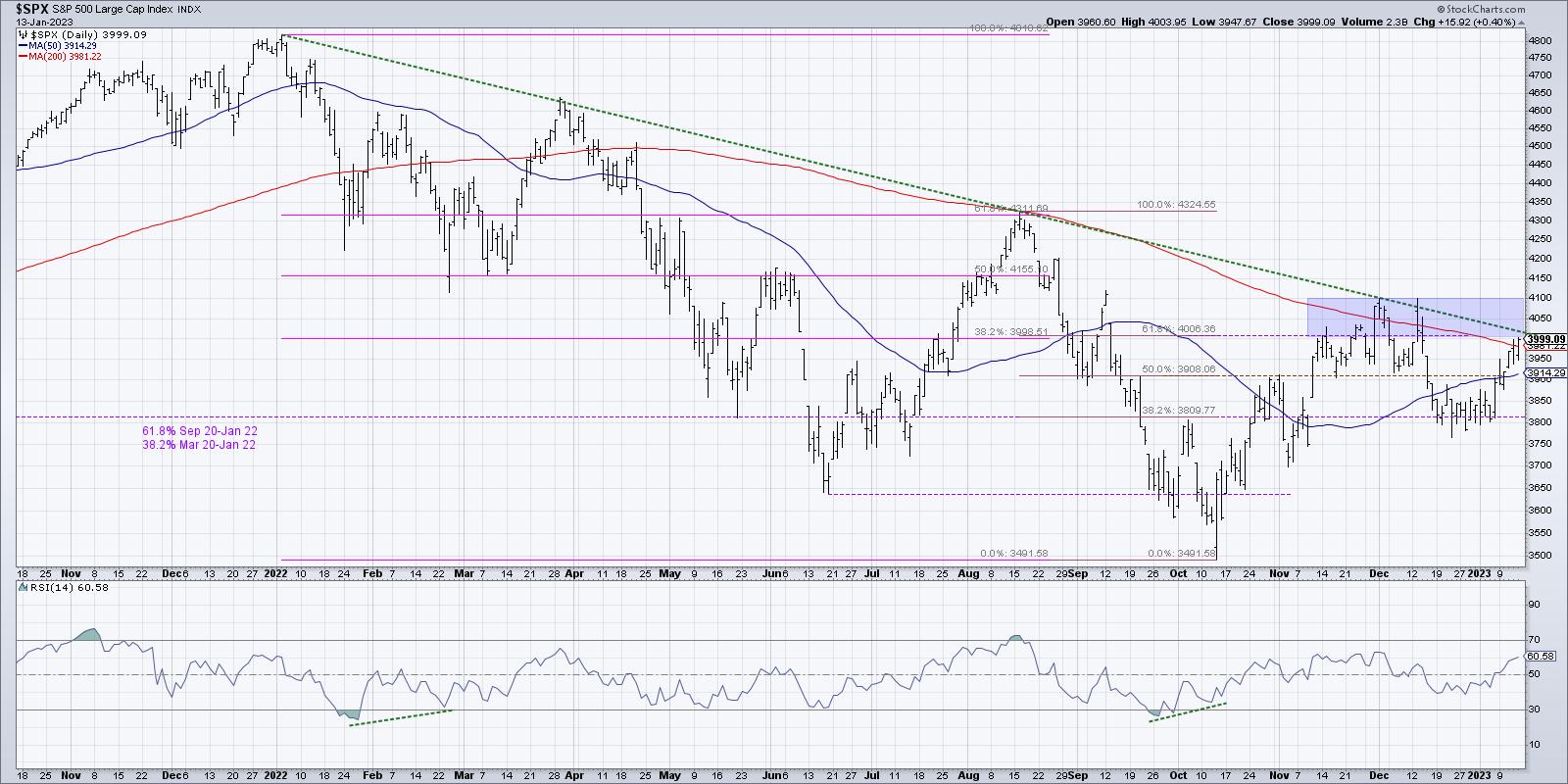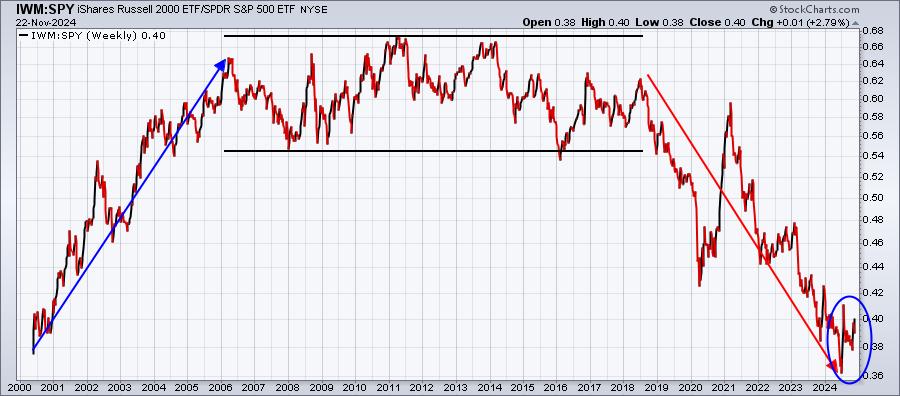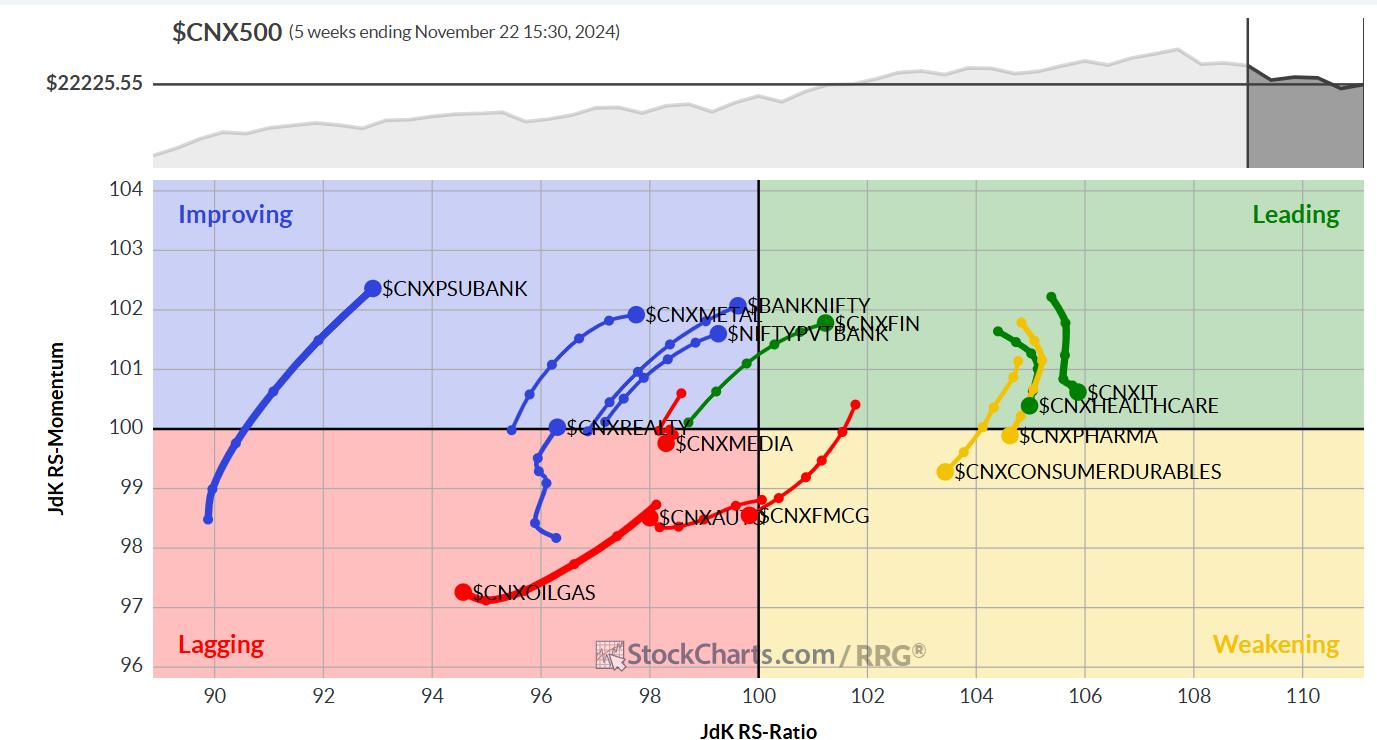Be prepared for the most likely scenario, but plan for alternate scenarios.
Why is this a sentence that should be printed out and pasted on your monitor if not sooner? Because as investors, we’re often very attached to a particular narrative.
The Fed completes its tightening cycle and here we go!
This recession is going to be a lot worse than anyone is expecting.
Earnings will be solid this quarter and the market will be higher.
There’s no way we can break the August high.
There is no way we will get below the October low.
Market history is full of events that wise and experienced investors never thought would happen. So how do we combat this reality of financial markets?
Well, first we need to consider different scenarios. If you’re bullish here, consider the bearish argument. If you’re all bearish with a portfolio full of short positions, list the reasons why the market could go up and ponder those possibilities.
An inexperienced investor marries an investment thesis, goes all out with his positioning, and assumes he will be right. An experienced investor thinks through alternative scenarios, positions their portfolio to benefit from the most likely scenario, but also develops a good game plan in case their alternative hypothesis materializes.
Let’s look at the current chart of the S&P 500 Index.
This is one of those instances where we can draw a trendline that almost perfectly tracks the downtrend channel indicated by the SPX over the last 12 months. And the first question in any scenario is, “Are we going to hit trendline resistance?”
After that, we need to consider the key levels of support and resistance. What would it take for the S&P to break above 4100? What about the August 2022 high at 4300? On the downside, we have the 3800 level tested in December, along with the June and October lows at 3650 and 3500.
Here’s a chart summarizing four scenarios, followed by a description of each of the four possible outcomes. What do you think is the most likely and why?

1. The overly bullish scenario
This week I spoke to Jeff Hirsch about the presidential cycle, which is so brilliantly laid out this year The Stock Trader’s Almanac. He shared that the year leading up to the election is usually quite strong in the first half and tends to have a much less bullish average performance in the second half.
So in this first scenario, the S&P breaks the trendline resistance and leaves the 200-day moving average in the dust. Not only that, it breaks through 4100 and also breaks out above 4300, the August 2022 high.
What would have to happen for this series of events to take place? Well, the Fed should be nearing the end of the tightening cycle. Inflation data should provide further evidence of an economic slowdown. And interest rates would most likely need to stay lower to give growth stocks a chance to rally much further than they have so far.
2. The slightly bullish scenario
On this slightly less euphoric option, the S&P 500 still breaks the trendline and moving average resistance, but doesn’t make much progress past 4100. We may retest the August high at 4300 but until then the optimism we have seen since the October low is beginning to dissipate.
If the bearish macro headwinds hold up despite the strength in equity markets, this could be the scenario that prevails. There is enough upside momentum to propel stocks somewhat higher, but not enough to make it an evidently raging bull market environment.
Quite simply, the prospect of expected macro headwinds minimizes the upside for risky assets.
3. The slightly bearish scenario
Now we consider a scenario where the market fails to eclipse the key resistance, fails to clear the thick green trendline and again fails to break above the 200-day moving average.
Perhaps the Fed’s tightening cycle is taking a little longer than expected, or perhaps we’re getting some bullish economic indicators suggesting the economy isn’t slowing enough, or this earnings season could be taking a dark turn as companies face major headwinds for their Stores forecast in 2023.
Whatever the reason, the rally off the October low is ending as another bear market rally, and the downtrend that began in January 2022 is still ongoing. But in this mild bearish scenario, we fail to break below the June 2022 low around 3650 and instead continue this “support and fill” process that has been playing out since last May.
4. The Overbearish Scenario
That brings us to the real descent, the outcome where things get very bad very quickly. The market doesn’t break out, but then the downtrend resumes and the S&P and Nasdaq retest their 2022 lows. One or both of these benchmarks are likely to mark a new low for the cycle, and stocks that have had solid performance over the past 2-3 months will falter and reverse into a distribution pattern.
The dreaded “R” word (RECESSION!) came in my conversation with Tony Dwyer this week, who pointed out that his long-term analysis of yield curve inversions and recessionary bouts suggests the bear market isn’t over yet. So this fourth scenario means that the worst-case results do materialize, the Fed continues its tightening cycle through mid-2023, and inflation remains a key theme for risky assets.
This probabilistic analysis isn’t just about voting on which scenario is the most likely (but please visit my YouTube channel and let me know what you think!), it’s more about forcing yourself to choose these different ones thinking through results. In order to have proper risk management, you need to be able to think through potential risks and imagine how they might play out. Only then are you truly prepared for whatever lies ahead.
Be prepared for the most likely scenario, but plan for alternate scenarios!
More of a video person? You can experience this article in video format over at my youtube channel.
RR#6,
David
hp Are you ready to improve your investment process? Cash my youtube channel!
David Keller, CMT
chief market strategist
StockCharts.com
Disclaimer: This blog is for educational purposes only and should not be construed as financial advice. The ideas and strategies should never be used without first assessing your own personal and financial situation or without consulting a financial professional.
At the time of publication, the author has no position in the securities mentioned. All opinions expressed herein are solely those of the author and in no way represent the views or opinions of any other person or entity.

David Keller, CMT is Chief Market Strategist at StockCharts.com, where he helps investors minimize behavioral biases through technical analysis. He is a frequent presenter on StockCharts TV and links mindfulness techniques to investor decision-making on his blog, The Mindful Investor. David is also President and Chief Strategist at Sierra Alpha Research LLC, a boutique investment research firm focused on risk management through market awareness. He combines the strengths of technical analysis, behavioral finance and data visualization to identify investment opportunities and enrich advisor-client relationships.
learn more





